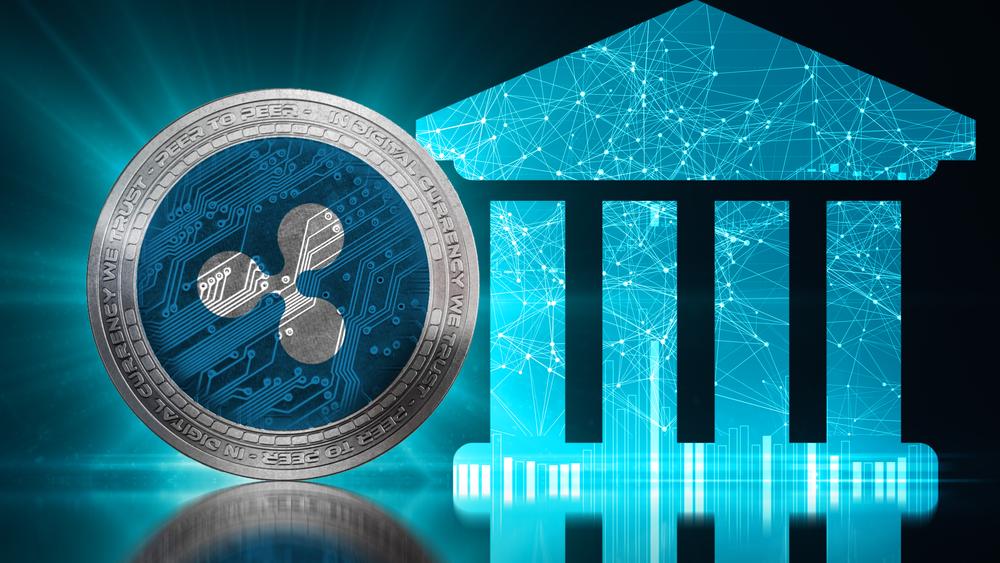Ripple to save 8 billion people worldwide with sustainable blockchain technology and XRP

- Climate change experts believe that the Ripple XRP Ledger has the ability to distinguish between low-quality and value-added carbon credits.
- Ripple is building a portfolio of long-term, additive, science-based carbon credits that will meet Ripple’s commitment to reach net zero by 2030.
As the blockchain industry continues to evolve, and rapidly, existing platforms have taken initiatives that align with sustainable energy goals. Earlier this year, Ethereum ditched its PoW consensus mechanism and switched to a more environmentally friendly PoS mechanism.
Another blockchain platform Ripple is taking some bold steps in this direction now. During Ripple’s annual Swell conference last month in November, panelists discussed how blockchain and crypto solutions for businesses are real-world use cases.
Ripple’s SVP of Social Impact and Sustainability, Ken Weber, explained the role Ripple can play in improving the “transparency, accountability and traceability of greenhouse gas emissions” in their support of global climate goals.
One of the panel members during the Swell conference was Mark Herrema, CEO of Newlight. Mark explained how Newlight has harnessed the power of blockchain to push the use of carbon negative material for various industrial use cases. Newlight currently works with carbon credit certificates that represent one metric ton of greenhouse gases.
Companies and institutional buyers who want to compensate for the remaining emissions can buy these credits. However, Mark Herrema explains that not all credits are created equal. Therefore, they have to price differently. Mark sees a future where carbon credits are less commodified, more differentiated and value-creating. He explains:
Just as you have this massive differentiation between stocks, you also have it in carbon reductions. One of the things that we find very important about blockchain, and specifically the XRP Ledger, is the ability to differentiate and have an individual value for carbon credits. I think it is something that is important for developing the carbon market.
The future of Carbon Credits
Reilly O’Hara, Lead Carbon Finance Partnerships and Aftermarket Operations at CarbonCure Technologies, also shared his insights on the future of carbon credits during the Ripple Swell conference. CarbonCure anticipates a new wave of measurement, reporting and verification (MRV) by leveraging the capabilities of blockchain together with other emerging technologies such as remote sensing/IoT, satellite imagery and machine learning/AI.
The main goal remains to move away from low-quality carbon credits and towards permanent, verifiable, higher-quality carbon credits. Speaking about this, CarbonCure’s Reilly O’Hara explained:
I think that’s where Ripple has really emerged as a leader. But 50 gigatons means we need 10, 50, 100 Ripples and they have to invest in ten thousand CarbonCures and Newlights. It will require major efforts and investments, so that by 2030-2050 these technologies are off the bench and removing carbon from the atmosphere on a full scale.
Ripple is among the forerunners in the blockchain and crypto space to combat climate change. The company has also spent $100 million to voluntarily scale carbon markets.
Ripple believes the funding will help accelerate the removal of carbon credits and modernize carbon markets through innovation and investment. The company plans to build a portfolio of long-term, additive, science-based carbon credits that will meet Ripple’s commitment to reach net zero by 2030.



